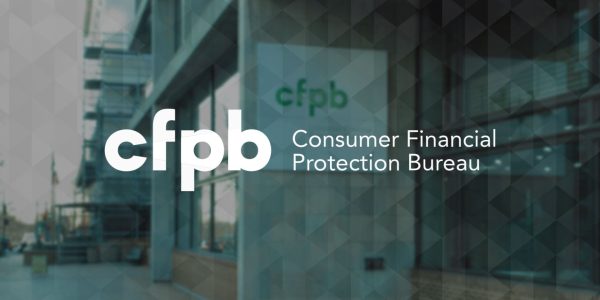Back in June 2024, the Consumer Finance Protection Bureau (CFPB) announced a new rule creating the Nonbank Enforcement Order Registry. This rule kicked in on September 16, 2024, and the registration portal will officially open on October 16, 2024, through a tiered process.
CFPB Nonbank Registry Filing Instructions Guide
To help companies prepare, the CFPB has just released the first version of a Filing Instructions Guide (FIG) that can be found here. The FIG provides step-by-step guidance on how your compliance and operations teams can register and manage the Portal, assigning authority to different team members as needed. It also explains what kind of information you’ll need to submit, such as:
- Key details about your company.
- Information about a covered order, including which laws apply and which court or agency issued the order. You can even save drafts of this info and make edits before submitting the final version.
- Whether you’re filing under the standard rules or using the alternative one-time registration process.
- This option is available if your covered order was published on the Nationwide Multistate Licensing System & Registry (NMLS) without the CFPB’s involvement.
- If you have questions about the alternative filing, the FIG advises that you reach out to the CFPB directly via a support ticket in the Portal or a dedicated email, but not the NMLS Call Center.
CFPB Nonbank Registry Filing: “Notice of Good-Faith Non-Registration”
There’s also an option to submit a “Notice of Good-Faith Non-Registration,” which is a way for a company to let the CFPB know they aren’t registering because they believe, in good faith, they don’t need to. Companies can submit one of these notices for reasons such as:
- They aren’t a covered nonbank,
- They aren’t a CFPB-supervised covered nonbank and, therefore, don’t need to comply with certain requirements like submitting a written statement from an attesting executive, or
- The order they’re subject to isn’t a covered order under CFPB’s rule.
For companies that do need to submit an annual statement and attestation, the FIG explains how to get that done. Just remember, once these documents are uploaded to the Portal, they can’t be deleted.
Lastly, if the covered order ends or is no longer relevant, the FIG shows you how to submit a final statement to officially close things out.
CFPB Nonbank Registry Webpage
If you want to dive into the details , the CFPB Nonbank Registry webpage has links to the FIG, an executive summary of the rule, a sample registration form, and tips on how to view state regulatory actions in the NMLS. Plus, there are plans to add more handy resources like user guides and extra sample forms.
The information provided in this post does not, and is not intended to, constitute legal advice; instead, all information, content, and materials referenced are for general informational purposes only. Readers should contact their attorney to obtain advice with respect to any particular legal matter.






